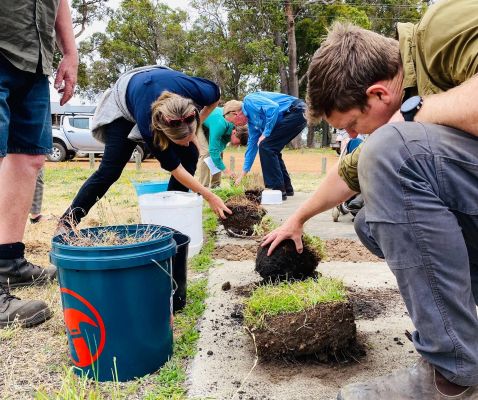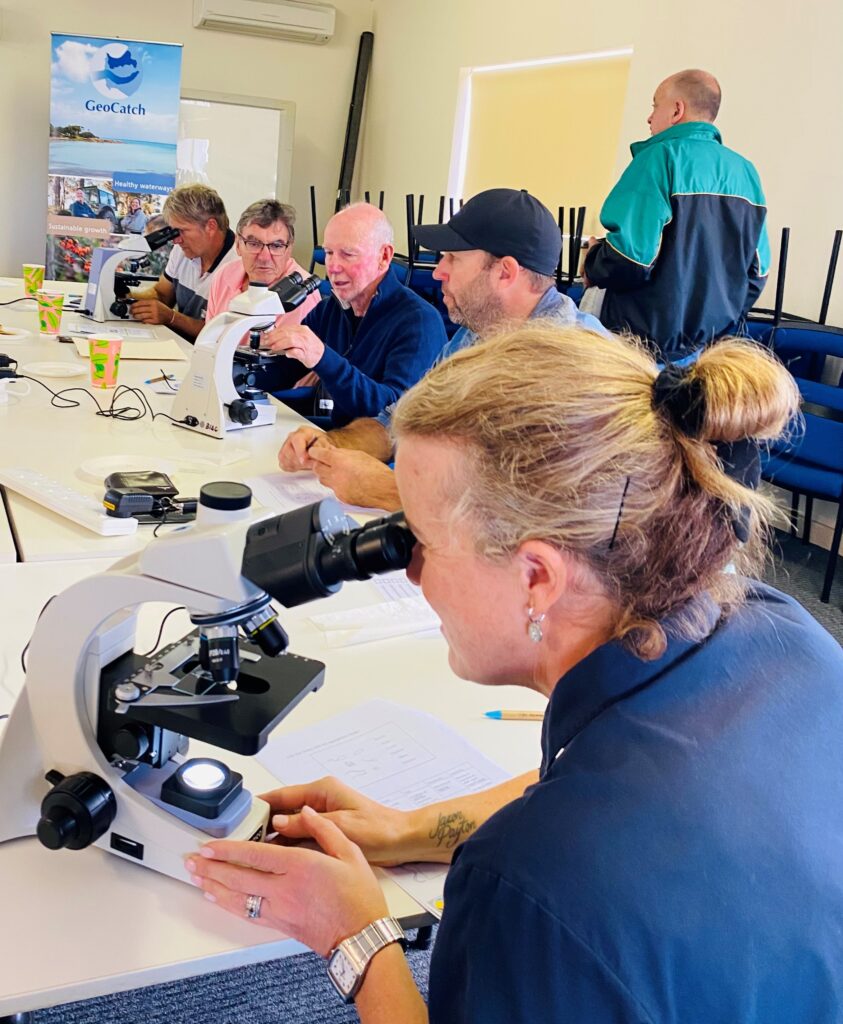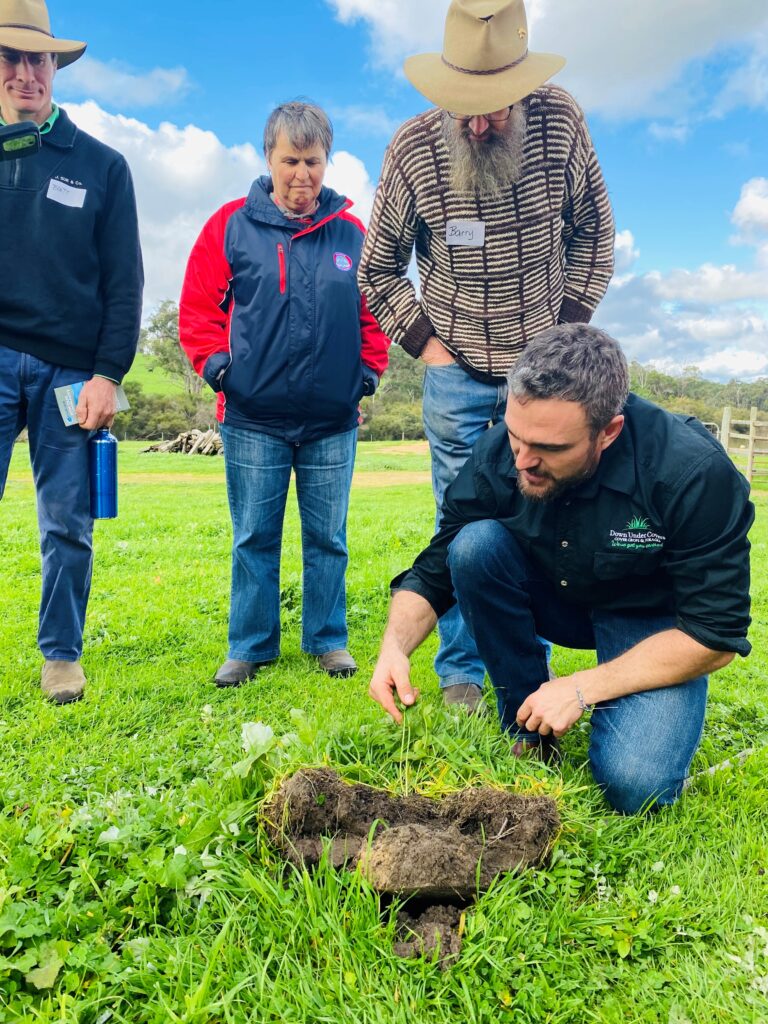Healthy soil is productive soil
What is regenerative agriculture?
Regenerative agriculture is a way of farming that focuses on soil health. When soil is healthy, it produces more food and nutrition, stores more carbon and increases biodiversity – the variety of species.
It isn’t a one-size-fits-all approach to farming or land management and it’s individualised to each farm and farmer. Its about using holistic methods to improve the health of the soil and ecosystem.
Regenerative farming methods include:


Uncovering life beneath the soil
A biologically active soil supports stronger plants, better water retention and reduced erosion.
Soil microscopy is a powerful tool that helps to reveal the complex world of microorganisms living beneath the surface, and by examining soil samples under a microscope, landholders can gain valuable insight into the biological health of their land—identifying beneficial organisms such as bacteria, fungi, protozoa, and nematodes that play a vital role in nutrient cycling, plant health, and soil structure.
Understanding this hidden ecosystem helps landholders make informed decisions about land management, ultimately leading to more resilient and productive landscapes. Whether you’re managing pasture or restoring bushland, knowing what’s living in your soil is the first step toward nurturing it.
Farmers can also access a soil microscope through GeoCatch, giving them the opportunity to bring in their own soil samples and observe the biological activity up close. For details on how to borrow the microscope, visit our Equipment to Loan page.
Is your soil healthy?
Soil health assessment is a practical way for farmers to evaluate how well their soil is functioning—biologically, chemically, and physically. Key indicators such as soil structure, organic matter, microbial activity and water retention help identify areas for improvement and guide land management decisions that support productivity and resilience. Healthy soils are better at cycling nutrients, supporting plant growth, and resisting erosion.
Assessments typically include visual observations, field tests, and laboratory analyses. Key indicators may include:
These indicators provide insight into how well your soil is functioning and whether current management practices are supporting long-term soil vitality.
Are you interested in assessing the soil health on your property?
GeoCatch has Soil Health Assessment Kits available for free loan to Geographe farmers. Each kit includes all the necessary equipment to assess your soil HASH (or Holistic Assessment of Soil Health).


Partnering with farmers for sustainable and productive agriculture.


"*" indicates required fields